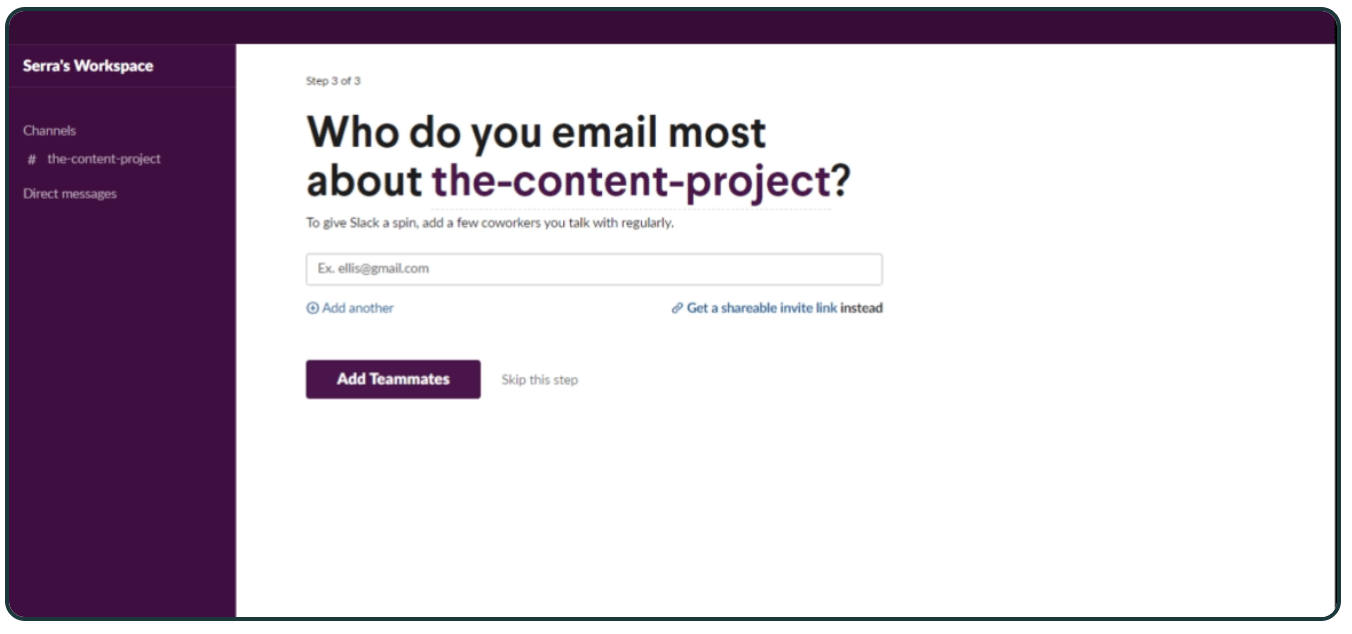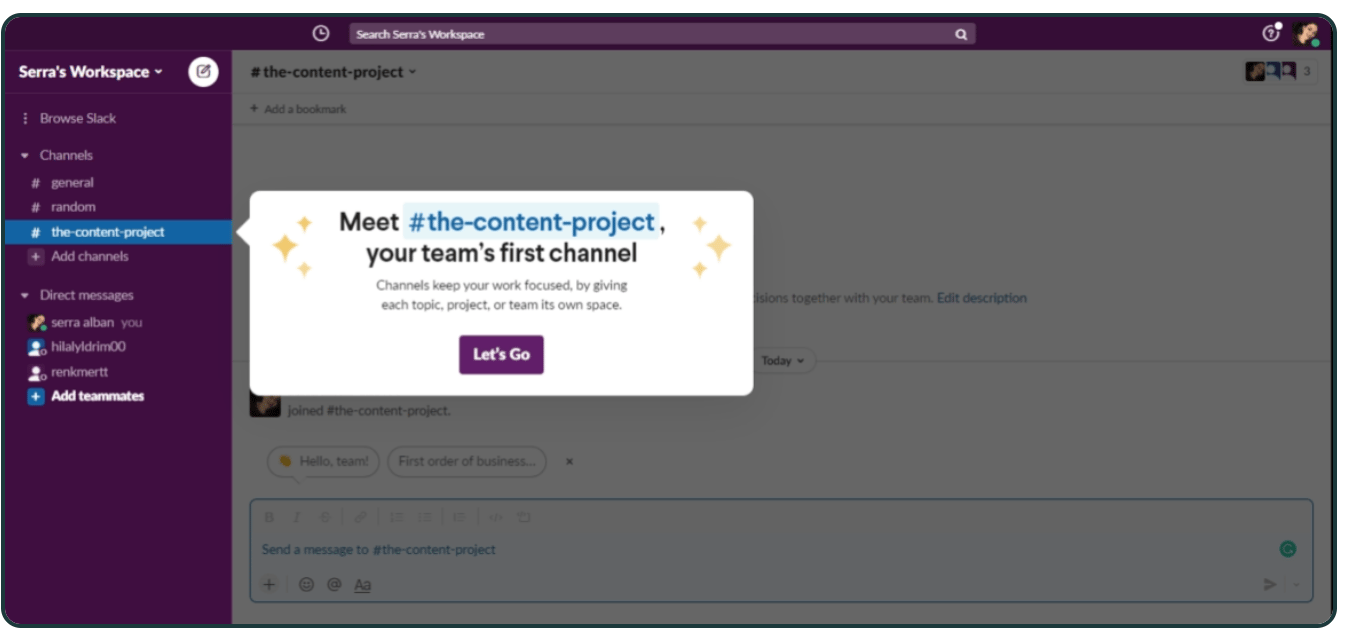I moved to the States about seven years ago.
And honestly? I still can’t get used to the amount of mail here.
Like, actual envelopes.
Every week my mailbox is stuffed — bills, ads, random letters from insurance companies.
Back home, I never had this. In most countries, you barely get any paper mail at all.
Here? You’re supposed to actually open all of it.
And sometimes there is something important hidden in there.
But I can’t help it. Whenever I see a new pile, I just shove it aside.
Tell myself I’ll deal with it later.
And of course… later means never.
Half the time I end up missing something that mattered, just because I didn’t want to deal with the mess.
Your users do the same thing in your product.
They see the “important” step.
Connect billing. Import data. Set up permissions.
And they nod. They know it matters.
But it looks like work. It feels like paperwork.
So they push it aside.
“I’ll deal with it later.”
And later turns into never.
Keep This Stock Ticker on Your Watchlist
They’re a private company, but Pacaso just reserved the Nasdaq ticker “$PCSO.”
No surprise the same firms that backed Uber, eBay, and Venmo already invested in Pacaso. What is unique is Pacaso is giving the same opportunity to everyday investors. And 10,000+ people have already joined them.
Created a former Zillow exec who sold his first venture for $120M, Pacaso brings co-ownership to the $1.3T vacation home industry.
They’ve generated $1B+ worth of luxury home transactions across 2,000+ owners. That’s good for more than $110M in gross profit since inception, including 41% YoY growth last year alone.
And you can join them today for just $2.90/share. But don’t wait too long. Invest in Pacaso before the opportunity ends September 18.
Paid advertisement for Pacaso’s Regulation A offering. Read the offering circular at invest.pacaso.com. Reserving a ticker symbol is not a guarantee that the company will go public. Listing on the NASDAQ is subject to approvals.
The Ostrich Effect
There’s a name for this: the Ostrich Effect.
Psychologists use it to describe how people avoid information they think might be unpleasant. Like an ostrich burying its head in the sand.
We do it with bills. With health checkups. With bank balances.
And users do it with your onboarding.
The more a step feels like hassle — forms, numbers, anything with “risk” or “cost” attached — the more likely they are to look away.
Not because they don’t understand.
But because they don’t want to.

How we are making it worse by trying to make it better
We highlight those steps.
We put banners around “Set up billing.”
We block the rest of the flow until data import is finished.
We keep reminding them in every email.
Thinking the extra visibility will help.
But all it does is make the envelope feel thicker.
Now it’s not just a task they don’t want to face —
it’s a task they can’t escape.
So they do the easiest thing:
close the product.
Here’s a move you can steal from Slack to make it right
The trick isn’t to shout louder about the step.
It’s to shrink the envelope.
Look at Slack. They don’t start by forcing you to set up billing or permissions.
They let you create a workspace, send a message, invite a teammate.
By the time billing comes up, you’ve already seen the value.
You’re invested. You’ve got something to lose.
That shift matters: instead of avoiding a chore, you’re protecting progress.


from UserGuiding
3 steps to break this pattern next week
Delay the chores. Push billing, integrations, or permissions until after the user has seen value.
Slice them smaller. Replace big intimidating forms with one-field nudges.
Frame it as progress. Don’t say “set up billing.” Say “unlock your workspace,” “keep your history,” “save your progress.”

If you forget everything, remember this:
Users don’t ghost because they didn’t see the step.
They ghost because they didn’t want to take it.



